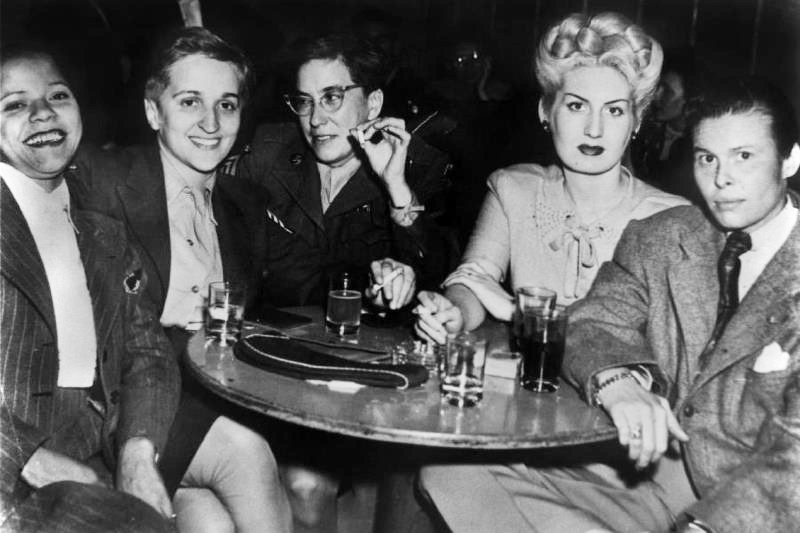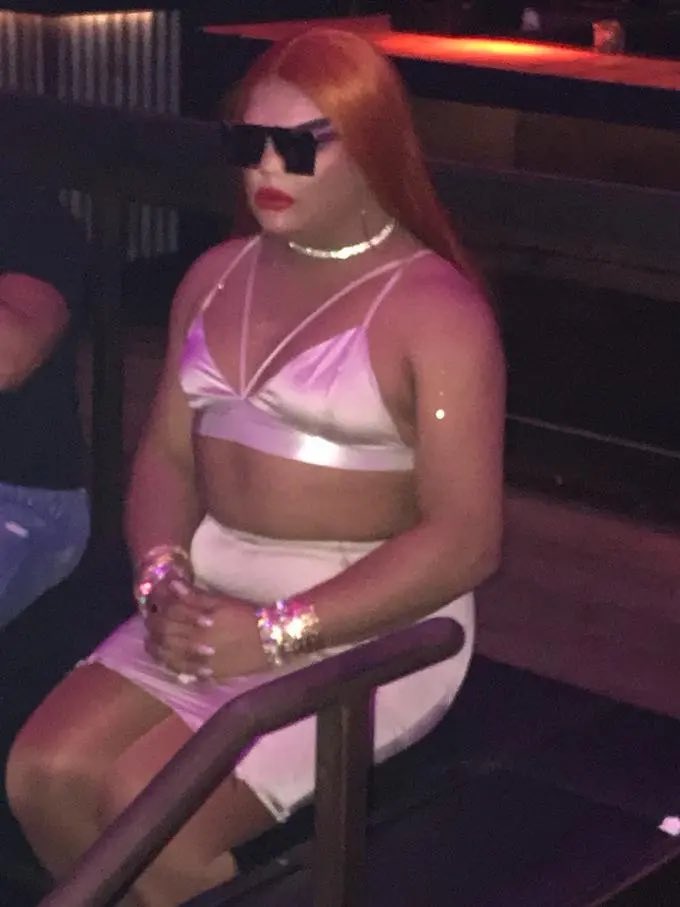
There are many ways to be a femme, so it’s best not to confine oneself to a specific definitionbut below is an abstarct of how it was defined in the literature I read. Femme is a term used in LGBT culture to describe someone who expresses themselves in a typically feminine way. With that said, femme differs from feminine, and the differences are key in understanding why the terminology femme is necessary. The common threads amongst all femmes are their expression of femininity and their place on the LGBTQ+ spectrum. Many individuals use it to embrace and redefine the stereotypes and expectations that are often placed on women.
Femme & Femininity
- Many people outside the queer community may not fully understand what femme means and how it differs from feminine, but the differences are why the terminology femme is necessary.
- Femme describes a queer person who presents and behaves in a traditionally feminine way with the inclusion of cisgender individuals who enjoy a more passive role in intimate relationships, asexual transgender women, or non-binary individuals who identify as gay.
- The common threads amongst all femmes are their expression of femininity and their place on the LGBTQ+ spectrum.
- There is an element of reclamation associated with the term.
- Rather than conforming to mainstream ideas of how female-presenting people should act, being femme involves challenging and subverting these expectations.
Using ‘Femme’!
- Not all femmes are women and not all women are femmes therefore the terminology should not be interchangeable.
- In the context of straight individuals who identify as feminine, it’s advisable to avoid using the term femme, as it carries significant meaning within the queer community.
- Femme is ultimately about breaking down binary distinctions, challenging cultural norms, embracing complexity, and celebrating queerness.
- We must break gender binaries and envision femme as an identity that doesn’t counterpart butch.
- It is important to understand the correct usage and the implications of the term, therefore in order to address someone as “femme” the individual should have identified themselves as such first.
Diversity in Femme Identities
- Typically, the dominant discourse in femme politics emphasizes strength, independence, and intentionality, the marginalization of femme identity must be further addressed.
- The recognition that the strength of the term can also be intertwined with in its frailty, offering a way to resist the ageist, ableist, and masculinist aspects of contemporary opinions.
- Some examples of the derogatory use of the term “fem” can affect gay men while cisgender femme women may feel less seen in amongst lesbian groups, or how trans women and trans femmes of color often face violence due to their gender identities.
- Femme should be seen as an activist movement that rejects hetero patriarchy and encourages the questioning of gender norms as a whole.

Historical Background:
“Femme” is a term originally used to describe a lesbian woman who embodies a feminine identity or appearance, but this meaning has evolved over the years. Initially associated with lesbian history and culture, “femme” typically distinguished traditionally feminine lesbians from their more masculine gay women. The concept emerged in American lesbian communities after World War II when women joined the workforce
In the 1970s and 80s, during the rise of lesbian feminism, the butch-femme dynamic and femme identity was rejected by figures in the movement. Femme lesbians were criticized for adhering to patriarchal beauty standards. However, in the late 20th century and early 21st century, “femme” underwent a transformation and became a more inclusive term for describing feminine lesbians. It began to encompass a broader range of identities, including bisexual women as well as other queer identifying individuals. This led to the recognition of diverse sexual attractions within the butch-femme dynamic.
In recent years, “femme” has been used to describe gender non-conforming individuals, not limited to lesbians, transgender individuals, or non-binary people. It has been reframed as a political identity that is open to all who identify with it, regardless of their gender or sexual orientation. Femme has been used to describe contemporary feminism that rejects the gender binary and acknowledges that misogyny as well as the patriarchy and how they negatively impact all feminine people, not just women.

Literature:
Franny Choi, a femme writer, works to dismantles the straight, cis male narrative that has framed discussions in Asian and Pacific Islander American literature. The has reflected on the changes occurring within Asian American poetry, particularly how the future of APIA poetry is being shaped by femme, queer, and gender-nonconforming voices. Representation in literary spaces helps auidences and society better understand the perspectives and experiences of femme individuals. The picture on the side is an illustration used in one of her poems. Below is a link to one of her poems for further study.
Works Cited:
Choi, Franny. “(B)Aiiieeeee!: The Future Is Femme and Queer.” The Massachusetts review 59.4 (2018): 644–648. Web.
Exton, Robyn. “Femme Lesbian Meaning.” HER, 29 Feb. 2020, https://weareher.com/femme-lesbian-meaning-slang-glossary/.
“Femme.” Wikipedia, 26 Sept. 2023. Wikipedia, https://en.wikipedia.org/w/index.php?title=Femme&oldid=1177238217.
Jami McFarland & Allison Taylor (2021) “Femme ain’t frail”: (re)considering femininity, aging, and gender theory, Journal of Lesbian Studies, 25:1, 53-70, DOI: 10.1080/10894160.2020.1722925
Levitt, Heidi M, and Kathleen M Collins. “Making intelligible the controversies over femme identities: A functionalist approach to conceptualizing the subversive meanings of femme genders.” Journal of lesbian studies vol. 25,2 (2021): 123-140.
Taylor, Ashley Coleman. “Femme.” Keywords, 1 Jan. 2021, https://keywords.nyupress.org/gender-and-sexuality-studies/essay/femme/.
“What Does Femme Mean? The Difference Between Being Femme & Being Feminine.” Bustle, 24 Aug. 2016, https://www.bustle.com/articles/166081-what-does-femme-mean-the-difference-between-being-femme-being-feminine.
